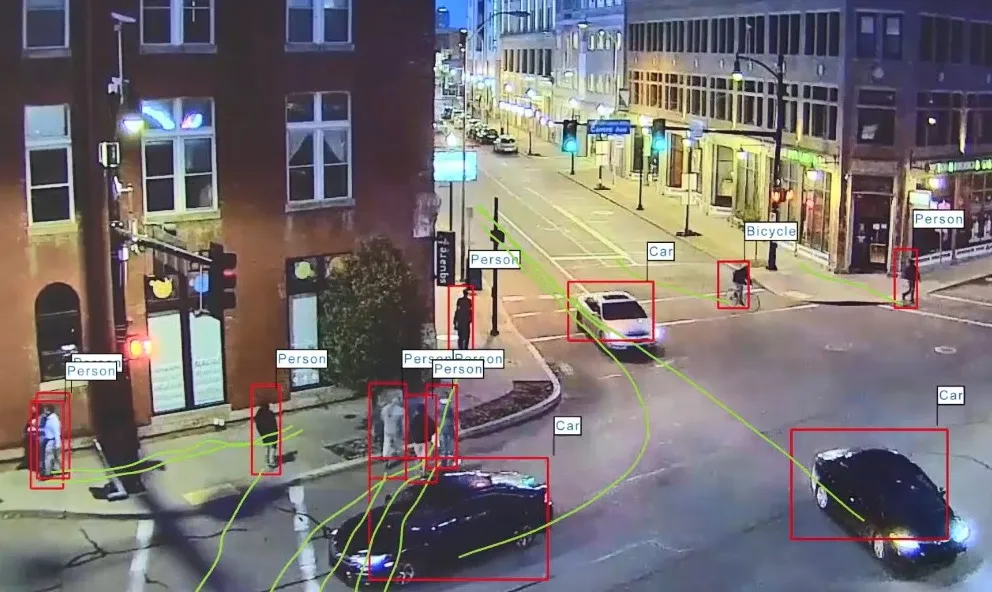Volkswagen is entering into a strategic partnership with automated image processing provider Mobileye. The central focus of the partnership is camera-based real-time image processing technology which, in conjunction with highly precise digitalised maps, is the key to autonomous driving.
The goal of the joint venture, exclusively for Europe, will be to effectively manage the digital transformation of the automotive industry and develop intelligent surroundings monitoring technologies.
Mobileye develop
January 7, 2016
Read time: 1 min
The goal of the joint venture, exclusively for Europe, will be to effectively manage the digital transformation of the automotive industry and develop intelligent surroundings monitoring technologies.
Mobileye develops optical sensor systems, which will be used in the front cameras of Volkswagen products in the future. These systems recognise in real time details of the car’s surroundings that are used to continually improve what are known as surroundings maps.
Based on a large number of vehicles equipped with this technology highly precise and up-to-date information will be generated. Precise surroundings maps will serve as the foundation for autonomous driving and will further the advanced development of various driver assistance and safety systems.









